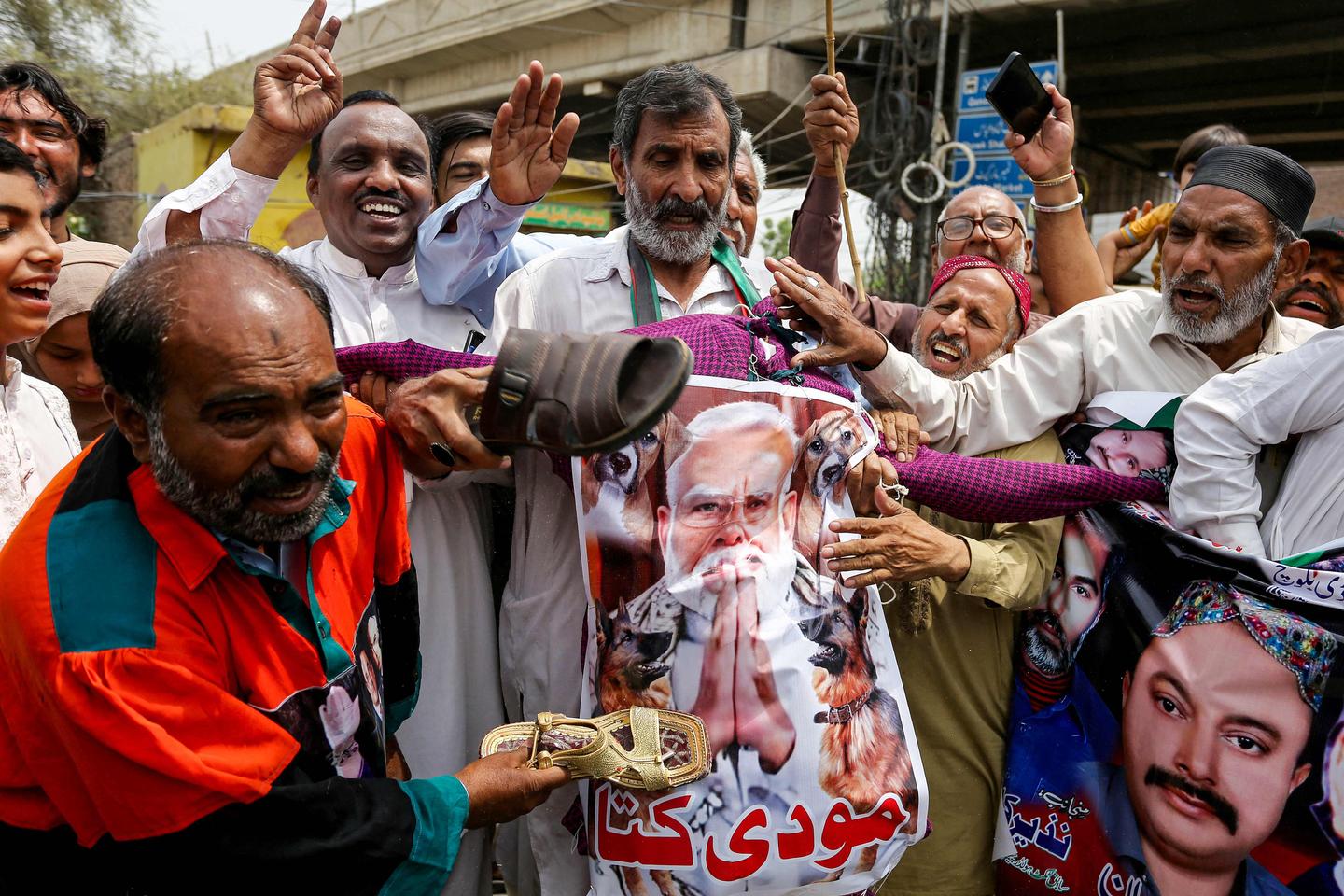


The story has been repeating, tirelessly, for eight decades, to the relative indifference of the international community. After a bloody attack on Indian civilians in Kashmir on April 22, India and Pakistan are once again in conflict after India fired missiles into Pakistani-controlled territory in several locations early Wednesday, killing at least eight people. The two South Asian neighbors have already fought four wars. The Kashmir issue seems insoluble.
It emerged simultaneously with the 1947 partition, decided by the colonial power before its departure. The British left the former Raj empire by dividing it between Hindu-majority India and Muslim-majority Pakistan.
The first Indo-Pakistani war was triggered just as the two countries had barely separated. Like other "princely states," Kashmir was called to choose between independence and joining one of the two countries. With a majority Muslim population, and governed by a Hindu maharaja, Hari Singh, it opted for autonomy. It then reconsidered and sought India's protection when tribal bands armed by Pakistan attempted to seize the region. The maharaja agreed to join India in exchange for significant autonomy.
A strategic and territorial issue
Pakistan believes the region should belong to it. The first war ended with a ceasefire implemented under the auspices of the United Nations (UN) on January 1, 1949. India lost part of its territory, which came under Pakistani control and was renamed Azad Kashmir. The UN Security Council voted for a resolution in favor of a self-determination referendum in Kashmir, which was never carried out. Both countries have been determined to regain full sovereignty over the region.
The Kashmir issue is obviously strategic. It allows India to maintain control over the western heights of the Himalayas and the vital water resources for the agricultural lands of Pakistani Punjab. It is also territorial, as India aims to protect its territory at all costs, also threatened by its other neighbor, China, which claims part of the Himalayas.
You have 59.73% of this article left to read. The rest is for subscribers only.
